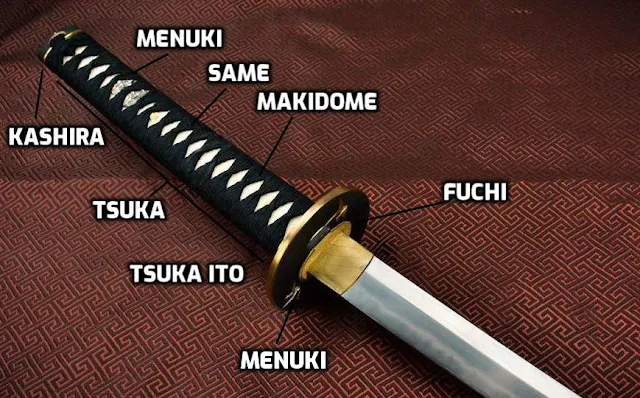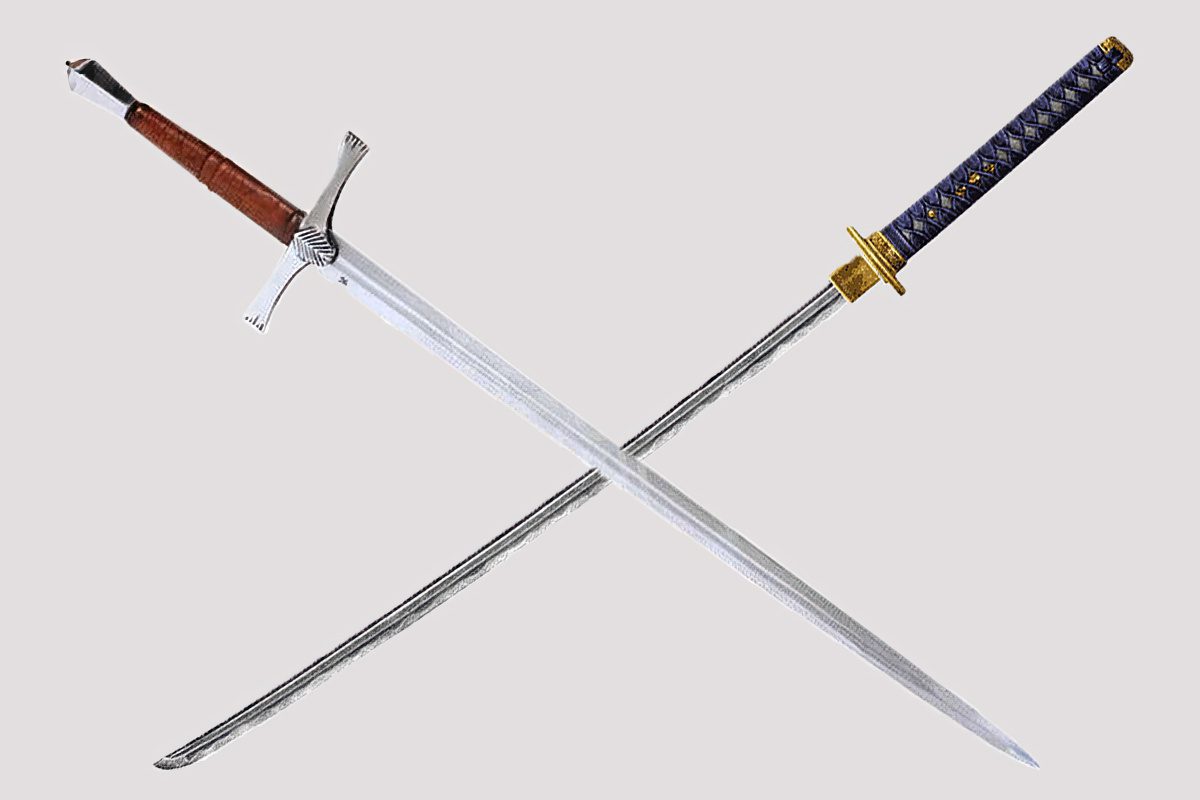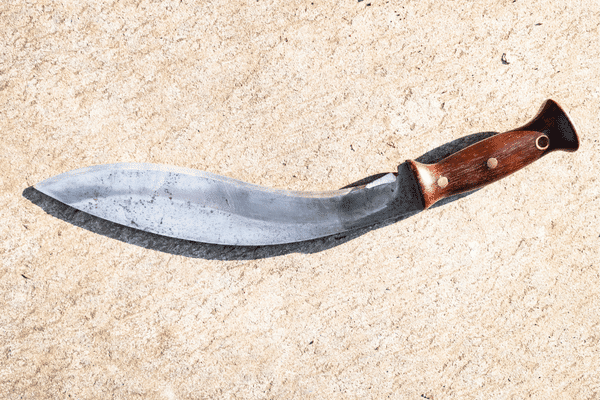Katana Sword: A Timeless Weapon of Elegance and Power
The Legacy of the Katana Sword
The Katana sword is a legendary weapon that has captivated people's imaginations for centuries. Renowned for its elegant design, superior craftsmanship, and deadly effectiveness, the Katana is more than just a weapon—it is a symbol of honor, discipline, and the samurai way of life. In this article, we will explore the rich history, artistry, techniques, and cultural significance of the Katana sword, shedding light on why it continues to be revered as one of the most iconic weapons in the world.
The History of the Katana Sword
The origins of the Katana sword can be traced back to ancient Japan, where it first emerged during the Muromachi period (1336-1573). Developed as a response to the changing dynamics of warfare, the Katana quickly became the weapon of choice for samurai warriors. Its curved, single-edged blade, exceptional sharpness, and versatile design made it ideal for close-quarter combat and swift, precise strikes.
Crafting the Katana: The Art of Swordsmithing
Crafting a Katana sword is a meticulous and labor-intensive process that requires the expertise of a master swordsmith. The blade is forged from high-quality steel, carefully layered and folded to achieve a strong, resilient, and razor-sharp edge. The intricate tempering and quenching techniques employed during the crafting process give the Katana its distinctive hardness and flexibility, ensuring its durability and formidable cutting power.
The Anatomy of a Katana Sword
A Katana sword consists of several distinct components, each playing a vital role in its functionality and aesthetics.
The blade, known as the "nagasa," is the heart of the sword and features a subtle curvature called the "sori." The tang, or "nakago," extends from the blade and is fitted with a handle, or "tsuka," wrapped in a traditional braided cord known as the "tsuka-ito." The pommel, or "kashira," and the handguard, or "tsuba," complete the ensemble, adding balance, protection, and ornamental value.
The Legendary Katana Swordsmen
Throughout history, countless legendary swordsmen have wielded the Katana with exceptional skill and prowess. One such figure is Miyamoto Musashi, a renowned swordsman and author of "The Book of Five Rings." Musashi's unparalleled mastery of the Katana and his unorthodox fighting style solidified his status as a true samurai legend. Other notable figures include Sasaki Kojiro, Yagyu Munenori, and Ito Ittosai, whose extraordinary feats in battle continue to inspire martial artists to this day.
Katana Sword Techniques and Fighting Styles
The art of wielding a Katana sword encompasses a variety of techniques and fighting styles.
From the swift and precise strikes of the "Iaido" discipline to the dynamic and fluid movements of "Kenjutsu," practitioners dedicate years to mastering the art of the Katana. The focus on discipline, timing, and control makes training with the Katana not just a physical endeavor but a spiritual and mental journey as well.
Katana Sword in Pop Culture and Media
The Katana sword has left an indelible mark on popular culture, making appearances in movies, literature, and video games. Its iconic shape and historical significance have made it a favored weapon for fictional characters like samurai warriors, ninja assassins, and modern-day heroes. Films such as "Kill Bill" and "The Last Samurai" have showcased the Katana's deadly elegance, further cementing its place in the collective imagination of enthusiasts worldwide.
Collecting and Caring for a Katana Sword
For collectors and enthusiasts, owning a Katana sword is a cherished endeavor. However, it is crucial to understand the proper care and maintenance required to preserve its quality and value. Regular cleaning, oiling, and storage in a suitable environment are essential to prevent corrosion and damage to the blade. Seeking guidance from experts and reputable dealers is highly recommended to ensure the authenticity and quality of a Katana sword.
The Symbolism and Cultural Significance of the Katana
Beyond its practical use as a weapon, the Katana holds deep symbolism and cultural significance in Japanese society. It embodies concepts such as honor, loyalty, and the Bushido code—the way of the warrior. The reverence for the Katana extends beyond its physical attributes, as it represents a way of life characterized by discipline, self-improvement, and the pursuit of excellence.
The Modern-Day Katana: Evolution and Adaptations
In contemporary times, the legacy of the Katana sword continues to evolve. While traditional craftsmanship techniques are still revered, modern advancements in materials and technology have led to the production of functional, high-quality replicas. These replicas offer martial artists and enthusiasts the opportunity to experience the essence of the Katana while ensuring durability and safety.
Katana Sword vs. Other Traditional Swords
Comparisons between the Katana sword and other traditional swords have long been a subject of debate. Each type of sword possesses unique characteristics, advantages, and historical contexts. The Katana's curved blade and single edge provide distinct cutting and slicing capabilities, while European swords like the longsword and rapier excel in thrusting and parrying techniques. Understanding the nuances of different sword types allows for a deeper appreciation of their respective strengths and cultural contexts.
Debunking Myths and Misconceptions about Katana Swords
Over time, various myths and misconceptions have arisen surrounding the Katana sword. Some claim that the Katana can effortlessly slice through armor or that it possesses supernatural powers. It is important to separate fact from fiction and approach the Katana with a balanced perspective. While the Katana is undoubtedly a formidable weapon, its capabilities are not superhuman, and its effectiveness is dependent on the skill and technique of the wielder.
The Katana Sword as a Martial Arts Weapon
In addition to its historical significance, the Katana sword plays a vital role in contemporary martial arts disciplines. Many martial arts schools offer training programs specifically dedicated to Katana techniques, providing practitioners with an opportunity to develop their skills, discipline, and focus. The training not only hones physical attributes but also instills the values of respect, discipline, and perseverance.
Also Read - Embrace the Art of Battling with Quality Blades: The Ultimate Guide to Finding the Perfect Long Sword
The Future of the Katana Sword
As the world progresses, the future of the Katana sword remains uncertain. While its historical legacy and cultural significance ensure its enduring appeal, the evolving dynamics of warfare and the changing preferences of martial artists may shape its future. However, the timeless elegance, craftsmanship, and symbolism associated with the Katana are likely to persist, ensuring its place as a revered weapon and cultural icon.
Conclusion
The Katana sword stands as a testament to the skill, artistry, and cultural heritage of ancient Japan. From its historical origins to its modern-day adaptations, the Katana continues to captivate enthusiasts with its beauty, functionality, and symbolic power. Whether admired for its craftsmanship, studied for its techniques, or cherished as a collector's item, the Katana sword remains an enduring symbol of elegance, power, and the warrior spirit.
Read More about Damascus Sword: Unraveling the Mystique of a Legendary Weapon







Comments
Post a Comment